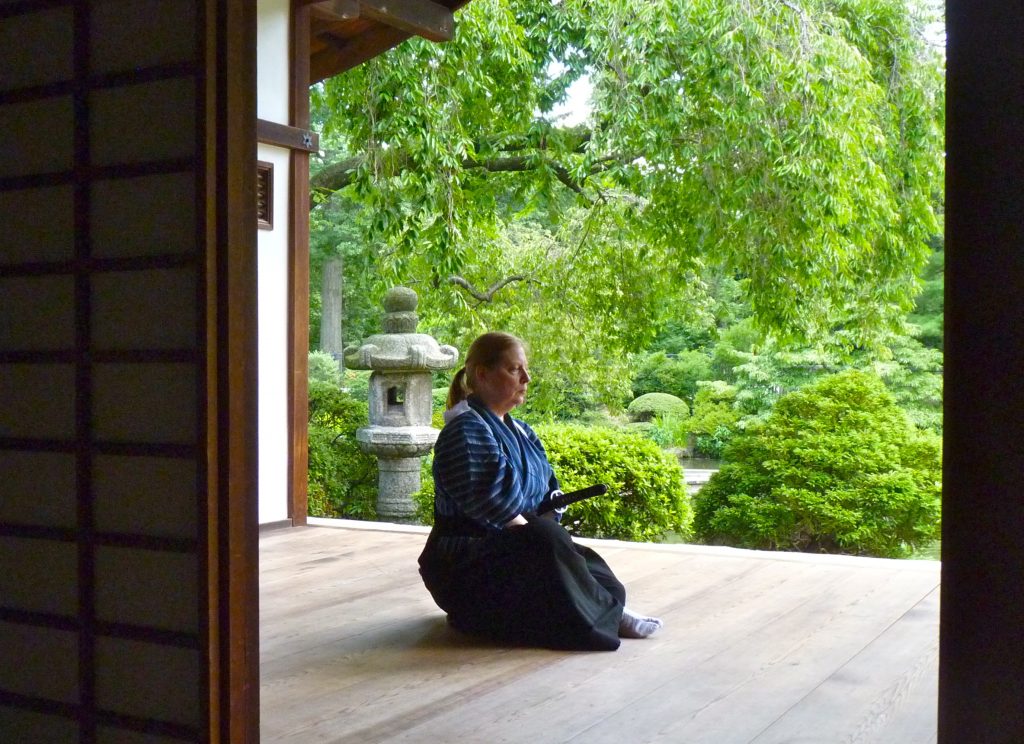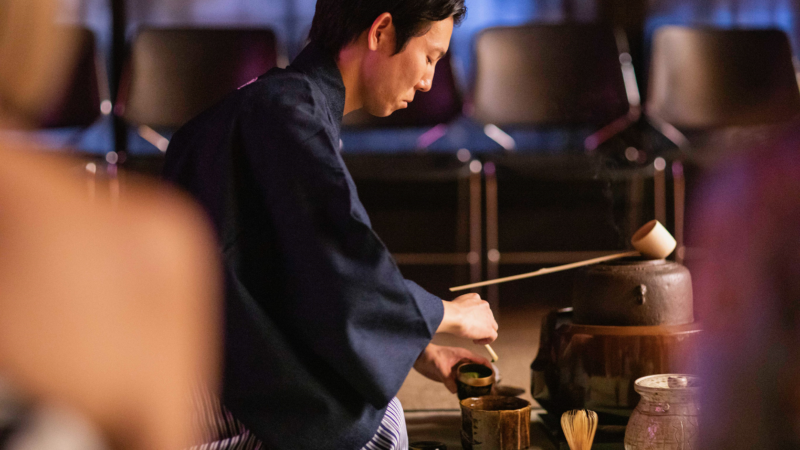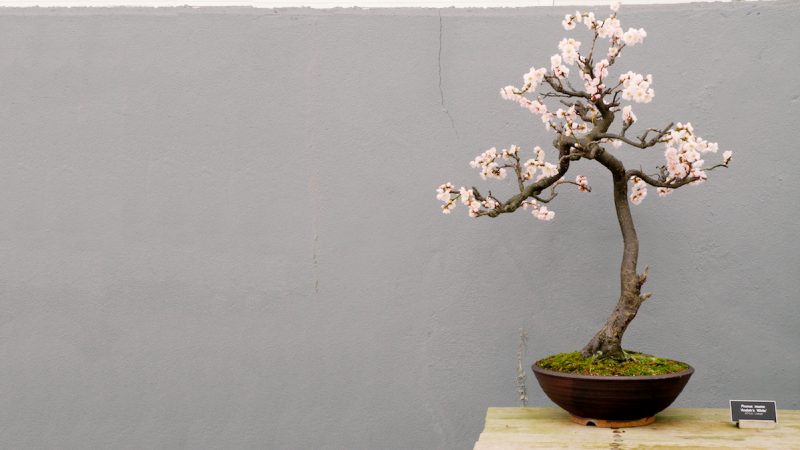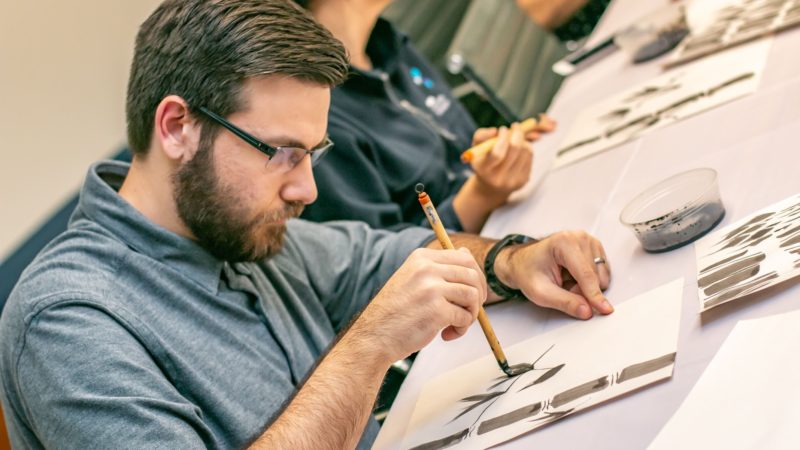Deborah Klens-Bigman, Ph.D. ◆ August 2, 2016

Last week, I watched a student perform a finishing movement to a sword kata wherein he seemed to be off balance. I asked him if he was having trouble. The movement involved a step to the right from a kneeling position, which is done at the end of some of the Shinto Hatakage ryu sword kata. After watching him one more time, I figured out the problem: He was trying to balance weight on both feet, making the shifting movement to the right more difficult. Similarly, the suriashi sweep with the left foot at the end of the Muso Shinden Omori kata Gyakuto was difficult for him to do as well.
A famous taiji master once said that it was important, when doing the form, to maintain separation of yin and yang (meaning, in this context, right and left). The principle also applies at certain times, to iaido kata. Being able to solidly balance your weight on one side of the body enables you to freely operate on the other side. For example, in the Muso Shinden ryu Hasegawa Eishin ryu kata Ukigumo, the iaidoka steps out to make enough room to draw his sword against his opponent, then returns, stepping left foot over right as she completes the draw and places the sword on the opponent’s chest. Then she turns her foot in order to step and press the sword further, defeating her opponent. Students who have had trouble with this movement are frequently putting weight on both feet once they step across. However, the movement works much better if the iaidoka balances on the right foot until the moment she steps back (at which point she transfers her weight).
Kiyama sensei has also said that one should sit in tatehiza in such a way that one’s weight is on the left side, so that the right foot is free to kick at an opponent if necessary. Given how difficult this posture is for people generally, I never insist, but I have made sure that I can do it.
Once my student realized that he should (and could!) balance his weight on one side or the other when the occasion called for it, the movements became much easier (I am always happy when problems are solved that easily!). I am confident that once he gets to the chudan kata (still a ways off for him, I think), it will not be so difficult for him to manage some of the back-and-forth balancing of kata that start from tatehiza.
Some critics point out that the formalized kata of iaido are artificial, and they are correct, on a purely technical level. But iaido is not a purely technical art. An attack can come from anywhere, and being able to respond on either the left or right is good preparation. As beginning students manage the diagonal turn in Shinto Hatakage ryu and the suriashi sweep in Gyakuto, they are preparing themselves for this very possibility – definitely a lesson worth learning.
This is my last blog post for Resobox. It has been an honor and a wonderful opportunity. I hope you will continue to view my posts at our new dojo website – www.iaikai.com.




